Home>Renovation & DIY>Tools & Equipment>How To Spackle Large Holes
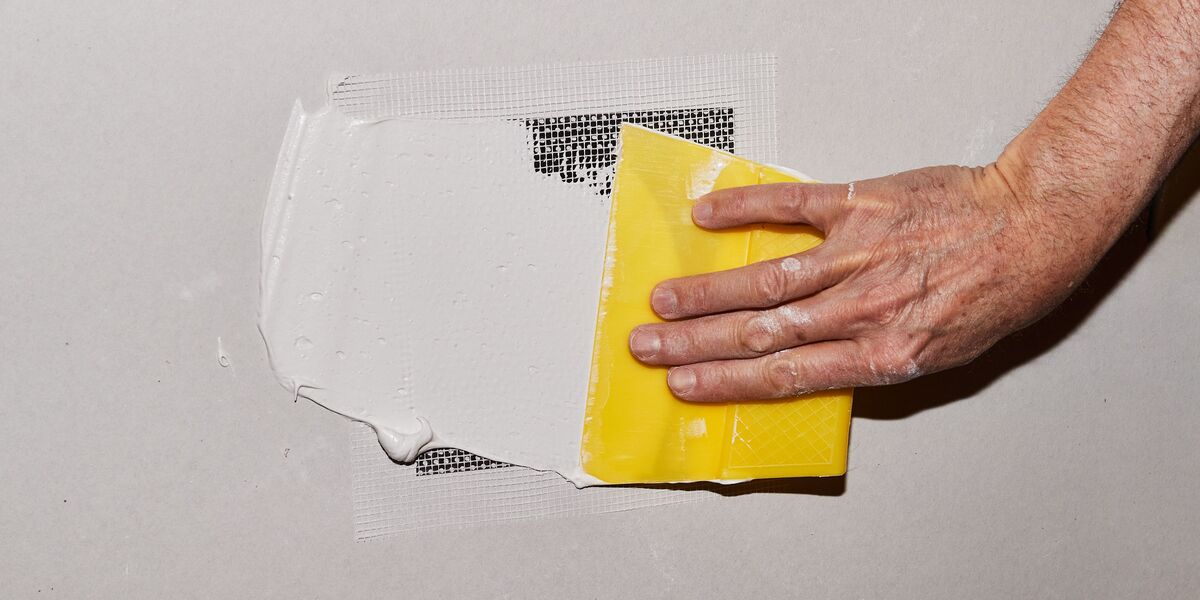

Tools & Equipment
How To Spackle Large Holes
Modified: October 20, 2024
Learn how to spackle large holes with the right tools and equipment. Our step-by-step guide will help you achieve a smooth finish for your walls.
(Many of the links in this article redirect to a specific reviewed product. Your purchase of these products through affiliate links helps to generate commission for Storables.com, at no extra cost. Learn more)
Introduction
Welcome to the world of home improvement! Whether you're a seasoned DIY enthusiast or a novice looking to tackle your first project, learning how to spackle large holes is a valuable skill that can help restore the beauty and integrity of your walls. Large holes in walls can be caused by a variety of factors, such as accidental impacts, doorknob dents, or the removal of fixtures. Fortunately, with the right materials, preparation, and technique, you can effectively repair these eyesores and achieve a smooth, flawless finish.
Spackling is a versatile and cost-effective solution for repairing damaged walls. It involves the application of a specialized paste, known as spackle, to fill in holes, cracks, and imperfections in drywall. Once the spackle dries and is sanded down, it creates a seamless surface that can be painted over, leaving your walls looking as good as new.
In this comprehensive guide, we will walk you through the step-by-step process of spackling large holes in your walls. From gathering the necessary materials to applying the spackle and achieving a professional finish, you'll gain the knowledge and confidence to take on this rewarding home improvement task. So, roll up your sleeves, put on your DIY hat, and let's get started on transforming those unsightly holes into a flawless expanse of wall once again.
Key Takeaways:
- Master spackling large holes with patience and precision. Gather materials, prepare the area, apply spackle, sand, and paint for a flawless wall repair. Happy spackling!
- Transform unsightly wall holes into seamless beauty. Clean, fill, sand, and paint with care and attention to detail. Enjoy the satisfaction of a job well done!
Read more: How To Spackle A Nail Hole
Materials Needed
Before you embark on your spackling journey, it’s essential to gather the necessary materials to ensure a successful and efficient repair process. Here’s a list of items you’ll need to have on hand:
- Spackle: This is the star of the show. Choose a high-quality spackling compound that is specifically designed for repairing large holes in drywall. Look for a product that dries quickly, is easy to sand, and provides a strong, durable finish.
- Putty Knife: A putty knife or spackling knife is essential for applying the spackle to the wall. Opt for a wide, flexible putty knife that allows you to spread the spackle smoothly and evenly.
- Sanding Block or Sandpaper: Once the spackle is dry, you’ll need a sanding block or fine-grit sandpaper to smooth out the repaired area and blend it seamlessly with the surrounding wall surface.
- Primer: Depending on the size of the repaired area, you may need a primer to ensure proper adhesion and uniformity when you paint over the spackled surface. Choose a high-quality primer that is suitable for covering spackled areas.
- Paint: To complete the repair, you’ll need paint that matches the color of your wall. Whether it’s a small touch-up or a larger area, having the right paint on hand is crucial for achieving a flawless finish.
- Painter’s Tape: If you’re painting the repaired area, painter’s tape can be used to protect adjacent surfaces and ensure clean, straight lines.
- Dust Mask: Sanding spackle can create fine dust particles, so it’s important to protect your respiratory system with a dust mask or respirator.
- Cloth or Sponge: Keep a damp cloth or sponge nearby to clean up any excess spackle and maintain a tidy work area.
By having these materials readily available, you’ll be well-equipped to tackle the task of spackling large holes in your walls with confidence and precision.
Preparation
Before diving into the spackling process, it’s crucial to prepare the work area and ensure that the wall is ready to receive the spackle. Follow these steps to set the stage for a successful repair:
- Clean the Area: Begin by thoroughly cleaning the area around the hole. Use a damp cloth to remove any dust, dirt, or debris from the surface of the wall. A clean, dry surface will allow the spackle to adhere properly and create a seamless repair.
- Inspect for Loose Debris: Examine the hole and its surroundings for any loose drywall or protruding edges. Use a utility knife or sandpaper to gently smooth out any rough or jagged edges around the hole. This step will help ensure a flush and even application of the spackle.
- Protect Adjacent Surfaces: If you’re concerned about spackle or paint getting on nearby surfaces, use painter’s tape to protect baseboards, trim, and adjacent walls. This will help maintain a clean and tidy work area while preventing unintended damage to surrounding areas.
- Priming (If Necessary): Depending on the size of the repaired area and the type of spackle used, you may need to apply a primer to the spackled area before painting. This step is particularly important if the repaired area is large or if the spackle is highly porous. Follow the manufacturer’s instructions for the specific type of primer you are using.
By taking the time to prepare the work area and ensure that the wall is in optimal condition for spackling, you’ll set the stage for a seamless and professional repair. With these preparatory steps completed, you’re ready to move on to the next phase of the spackling process: applying the spackle.
When spackling large holes, it’s important to use a patch or mesh to reinforce the repair. This will help prevent the spackle from cracking and ensure a smooth finish.
Applying the Spackle
Now that the preparation is complete, it’s time to dive into the heart of the spackling process: applying the spackle to the large hole in the wall. Follow these steps to achieve a smooth and seamless repair:
- Fill the Hole: Using a putty knife, scoop a generous amount of spackle onto the blade and press it firmly into the hole. Ensure that the spackle completely fills the void and sits slightly proud of the wall surface.
- Smooth and Feather the Edges: With the putty knife, smooth the excess spackle around the edges of the hole, feathering it out to blend with the surrounding wall. This technique helps create a gradual transition from the spackled area to the rest of the wall, minimizing the need for extensive sanding later on.
- Remove Excess Spackle: Once the hole is filled and the spackle is smoothly feathered, use the putty knife to remove any excess spackle from the wall surface. The goal is to leave a flush and even layer of spackle over the repaired area.
- Allow the Spackle to Dry: Depending on the type of spackle used, allow ample time for it to dry completely. Follow the manufacturer’s recommendations for drying time, as this step is crucial for achieving a solid and stable repair.
As you apply the spackle, keep in mind that achieving a seamless and professional finish requires patience and attention to detail. Take your time to ensure that the spackle is applied evenly and that the repaired area blends seamlessly with the surrounding wall. With the spackle applied and dried, the next step is to prepare the surface for painting by sanding and finishing the repair.
Sanding and Finishing
Once the spackle has dried, it’s time to refine the repaired area and prepare it for painting. Follow these steps to sand and finish the spackled surface, achieving a seamless integration with the surrounding wall:
- Use a Sanding Block or Sandpaper: Gently sand the dried spackle using a fine-grit sanding block or sandpaper. The goal is to create a smooth and even surface, blending the spackled area with the rest of the wall. Be mindful of the pressure applied during sanding to avoid removing too much spackle or damaging the surrounding wall surface.
- Check for Smoothness: As you sand, periodically run your hand over the repaired area to check for smoothness. Look for any remaining imperfections, ridges, or uneven transitions between the spackled area and the wall. Continue sanding as needed until the repaired area feels seamlessly integrated with the surrounding surface.
- Remove Dust: After sanding, use a damp cloth or sponge to gently remove any dust or debris from the repaired area. This step ensures that the surface is clean and ready for painting or priming.
- Apply Primer (If Necessary): Depending on the size and nature of the repair, you may need to apply a primer to the spackled area before painting. Follow the manufacturer’s instructions for the specific type of primer you are using, ensuring that it is compatible with the spackling compound.
- Paint the Repaired Area: Once the primer, if used, has dried, you can proceed to paint the repaired area. Use a paint color that matches the existing wall, applying it evenly and blending it with the surrounding surface. Multiple thin coats of paint may be necessary to achieve a seamless finish.
By meticulously sanding and finishing the spackled area, you’ll achieve a seamless and professional repair that seamlessly integrates with the surrounding wall. With the finishing touches complete, step back and admire your handiwork as the repaired area blends seamlessly with the rest of the wall, restoring its beauty and integrity.
Conclusion
Congratulations on successfully spackling those large holes in your walls! By mastering the art of spackling, you’ve not only restored the aesthetic appeal of your living space but also gained a valuable skill in home repair and maintenance. As you stand back and admire the seamless integration of the repaired areas with the surrounding wall, take pride in the craftsmanship and attention to detail that went into achieving this flawless finish.
Remember, the process of spackling large holes requires patience, precision, and a keen eye for detail. From the meticulous application of spackle to the careful sanding and finishing, each step contributes to the overall success of the repair. By following the steps outlined in this guide and paying careful attention to the preparation and application process, you’ve transformed unsightly blemishes into a pristine expanse of wall, ready to be enjoyed and admired.
As you continue your journey in the world of DIY home improvement, the knowledge and experience gained from spackling large holes will serve you well in future projects. Whether it’s repairing small dents and imperfections or tackling larger renovation tasks, the skills honed in the art of spackling will empower you to maintain and enhance the beauty of your home with confidence.
So, as you put away your tools and stand back to marvel at the seamless repairs, take a moment to appreciate the transformation you’ve accomplished. With the right materials, preparation, and technique, you’ve turned challenges into triumphs, breathing new life into your living space one spackled hole at a time.
Here’s to the satisfaction of a job well done and to the many more successful home improvement endeavors that await. Happy spackling!
Frequently Asked Questions about How To Spackle Large Holes
Was this page helpful?
At Storables.com, we guarantee accurate and reliable information. Our content, validated by Expert Board Contributors, is crafted following stringent Editorial Policies. We're committed to providing you with well-researched, expert-backed insights for all your informational needs.

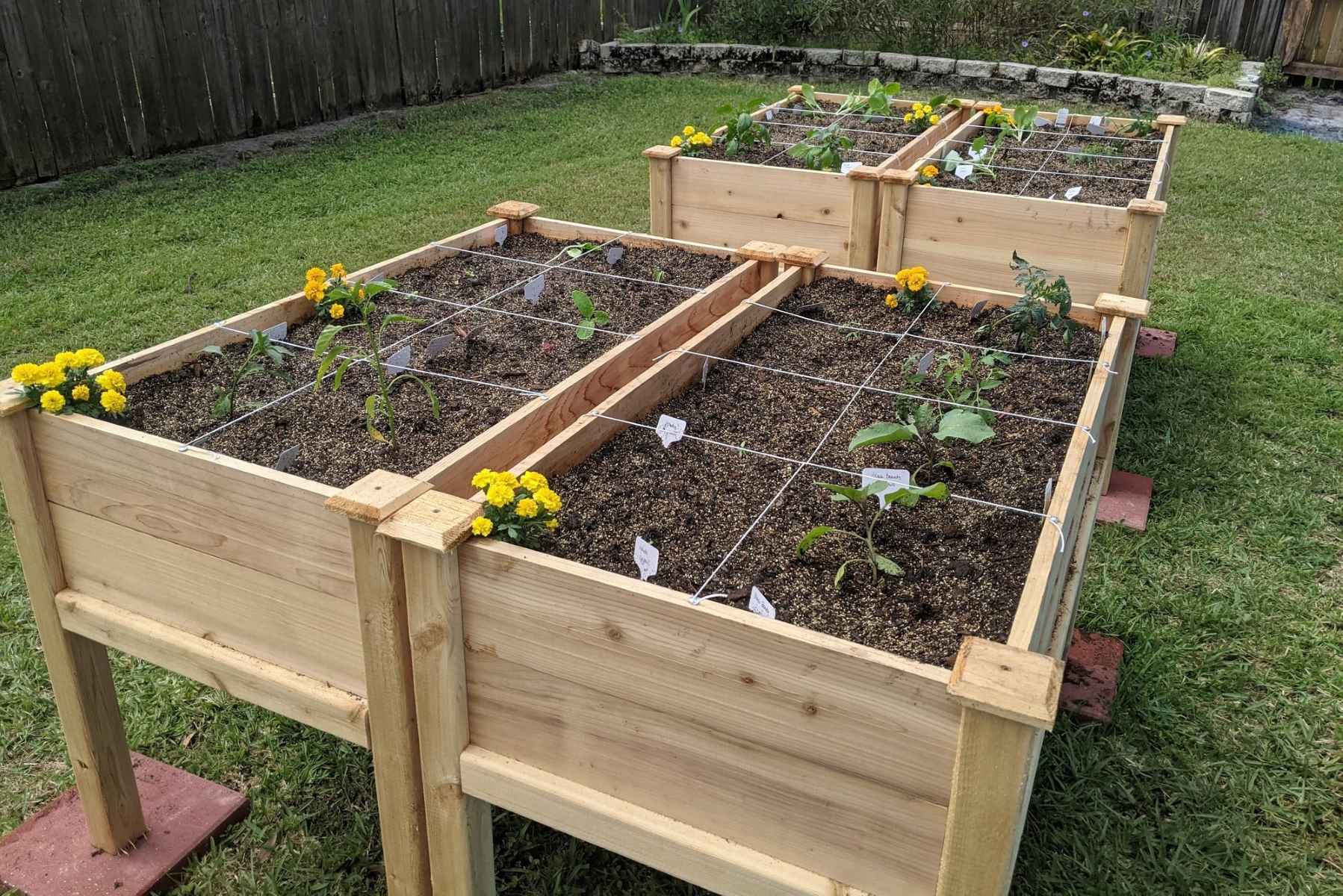

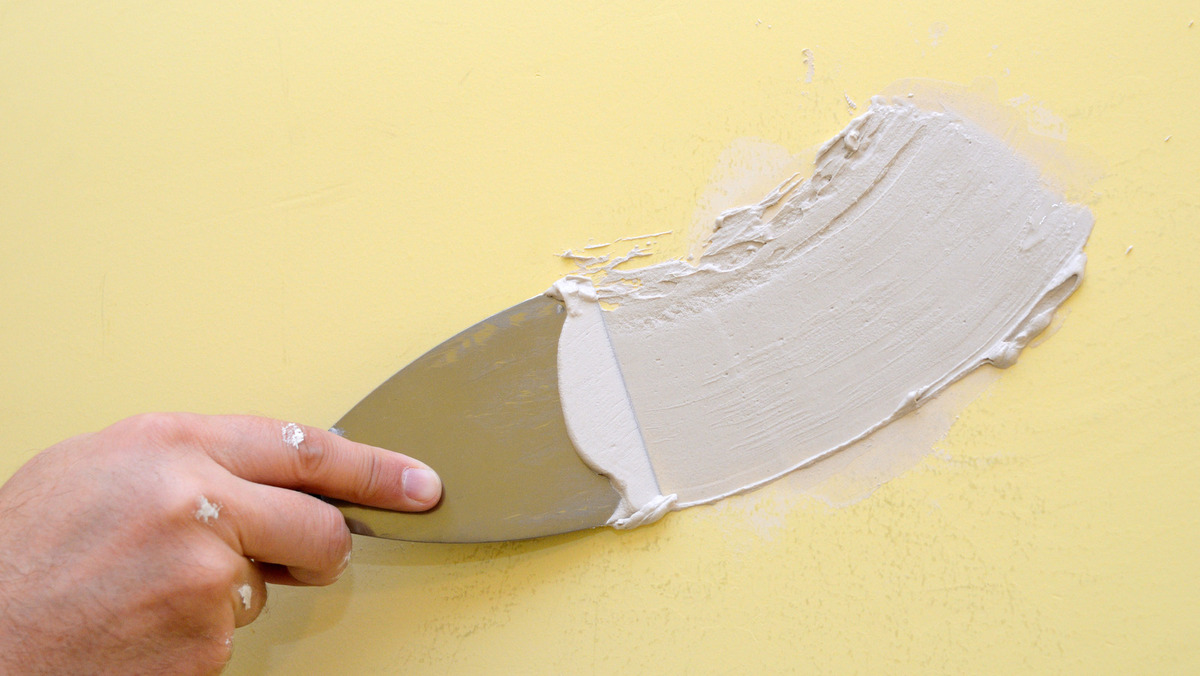
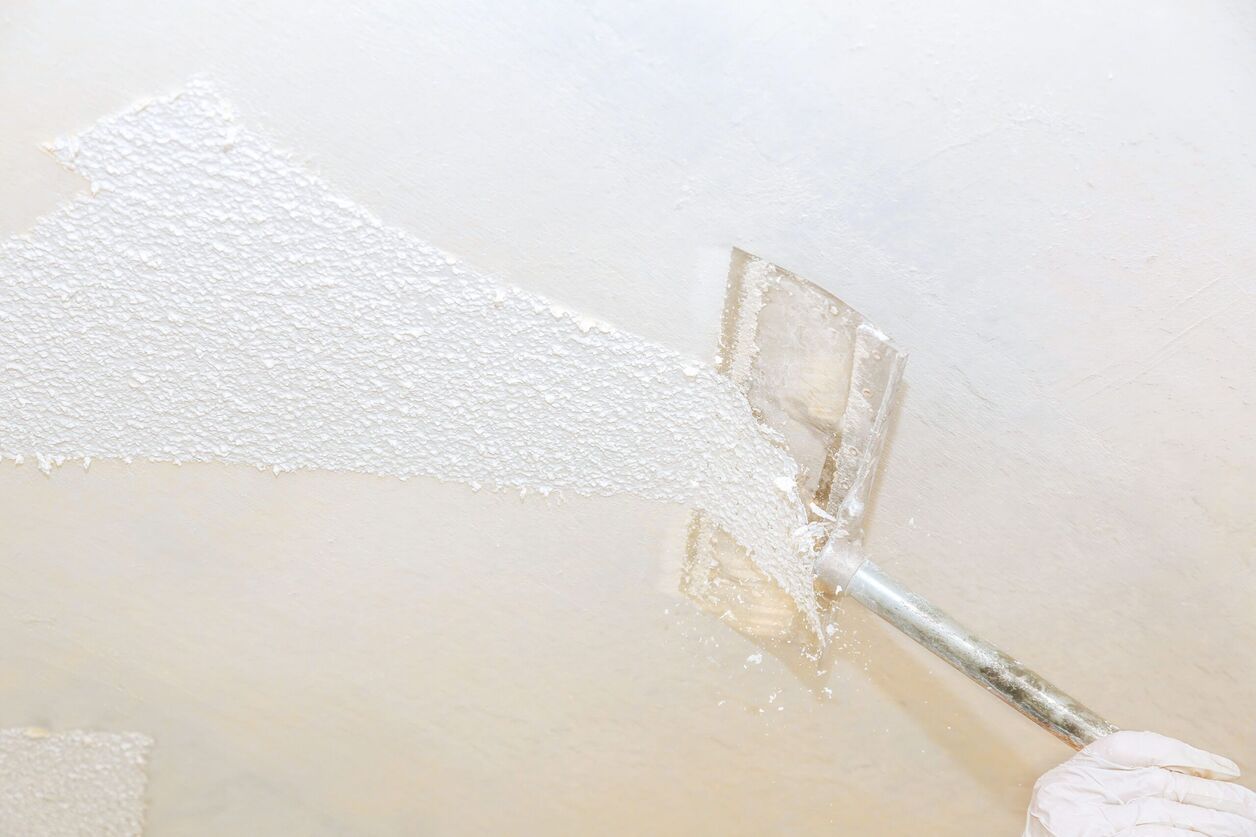
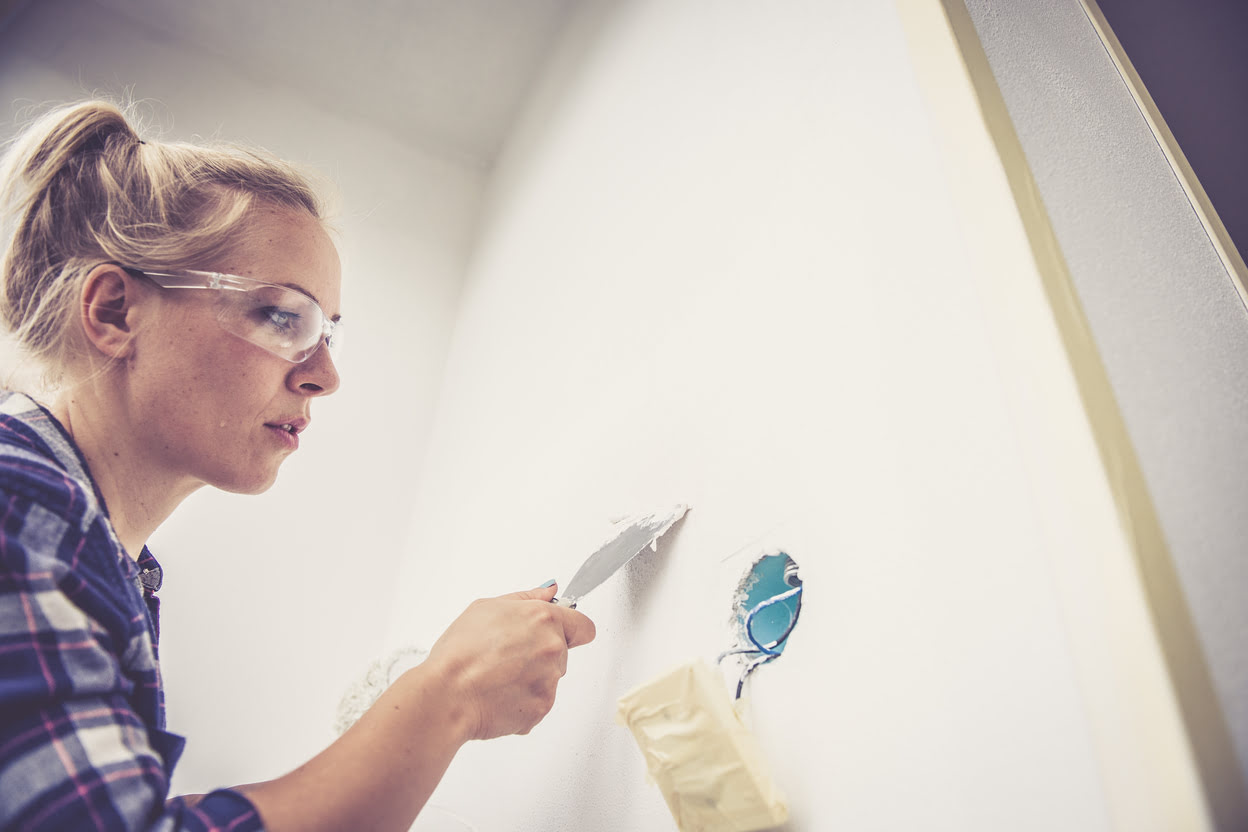
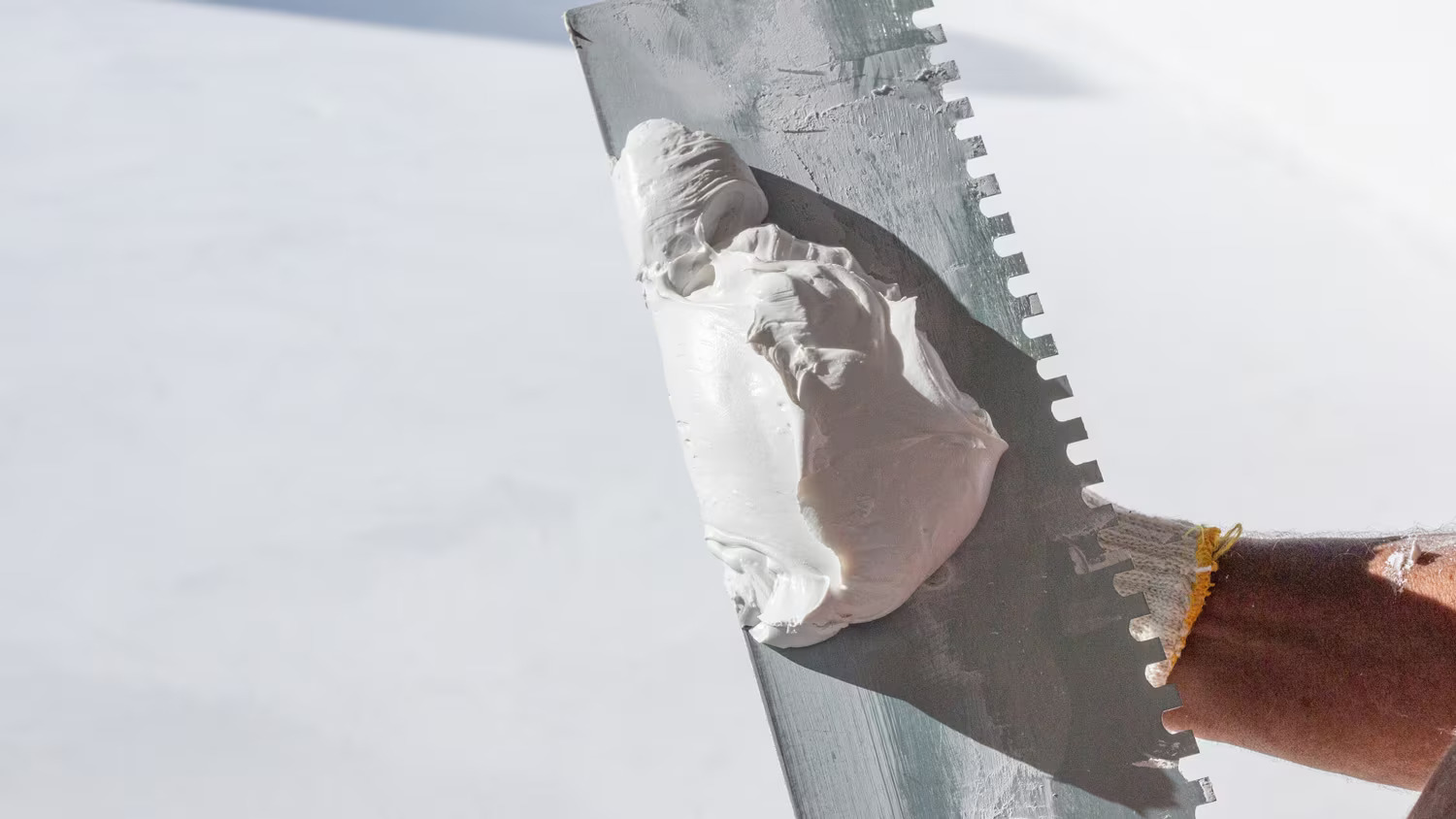
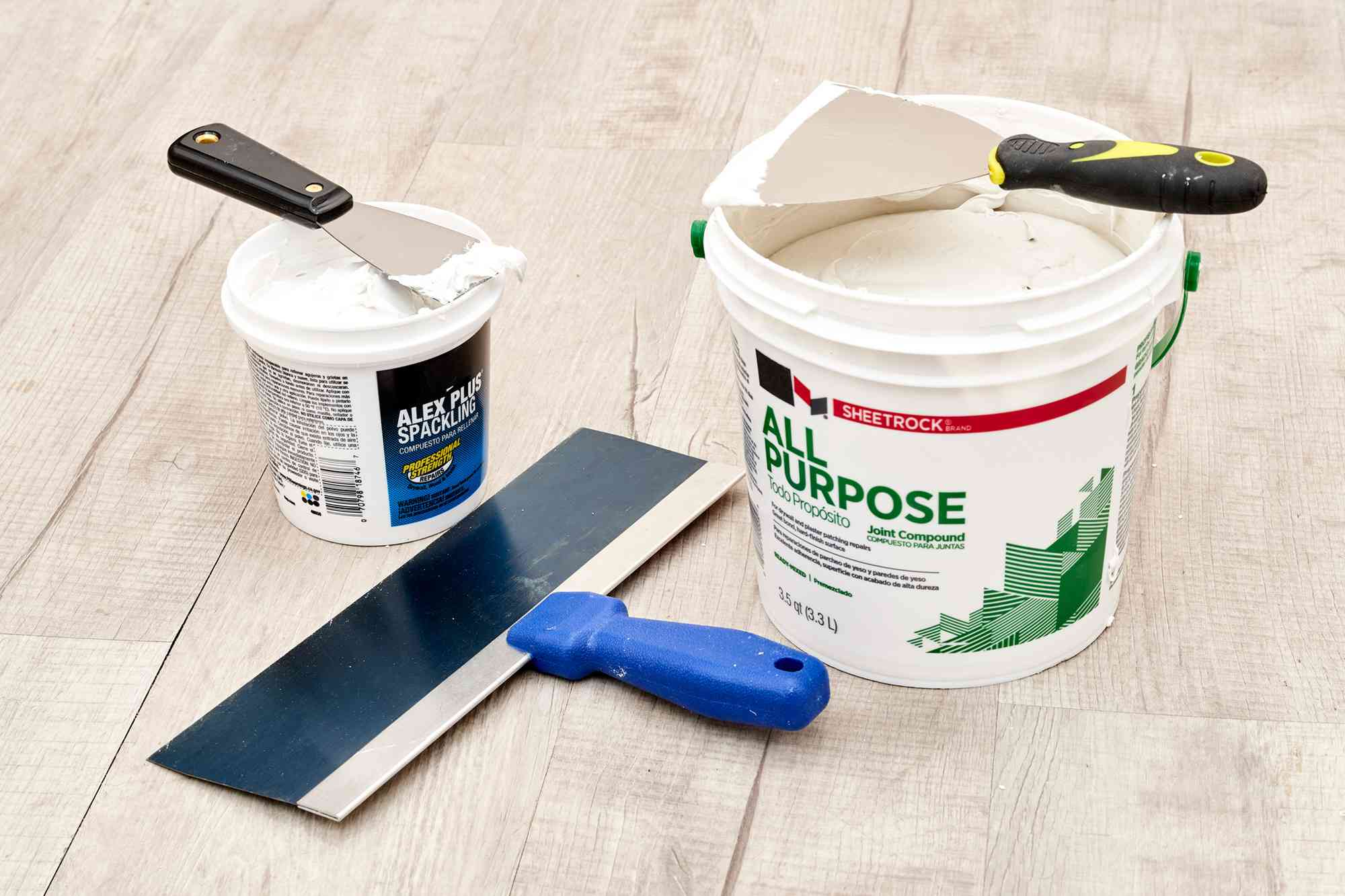
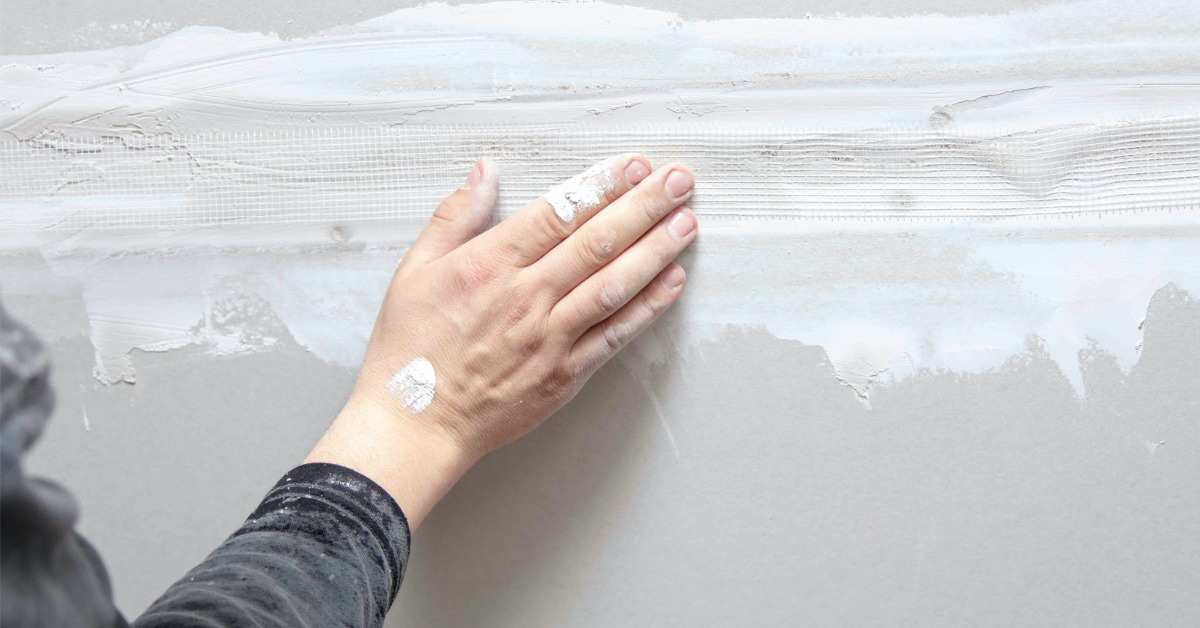
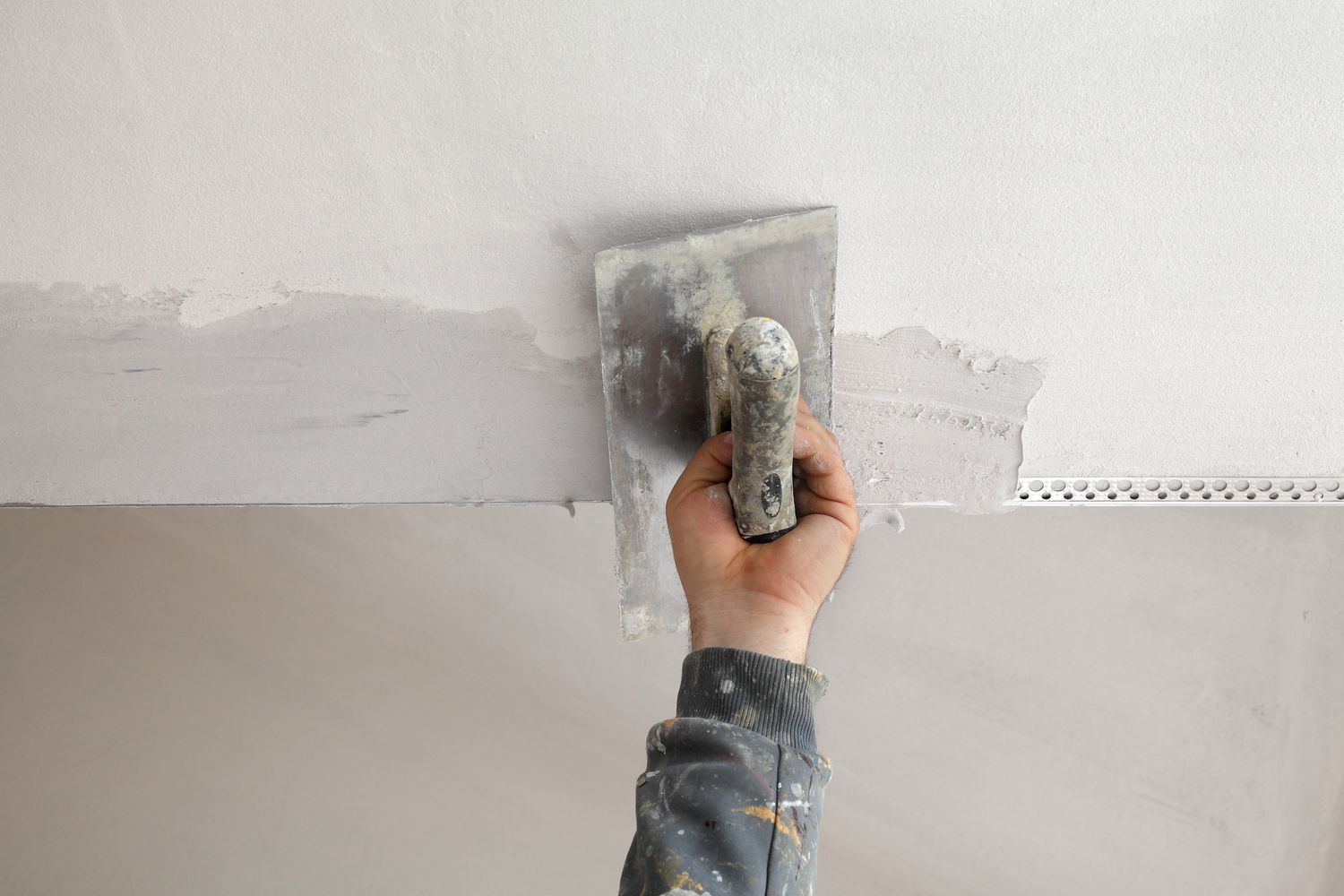
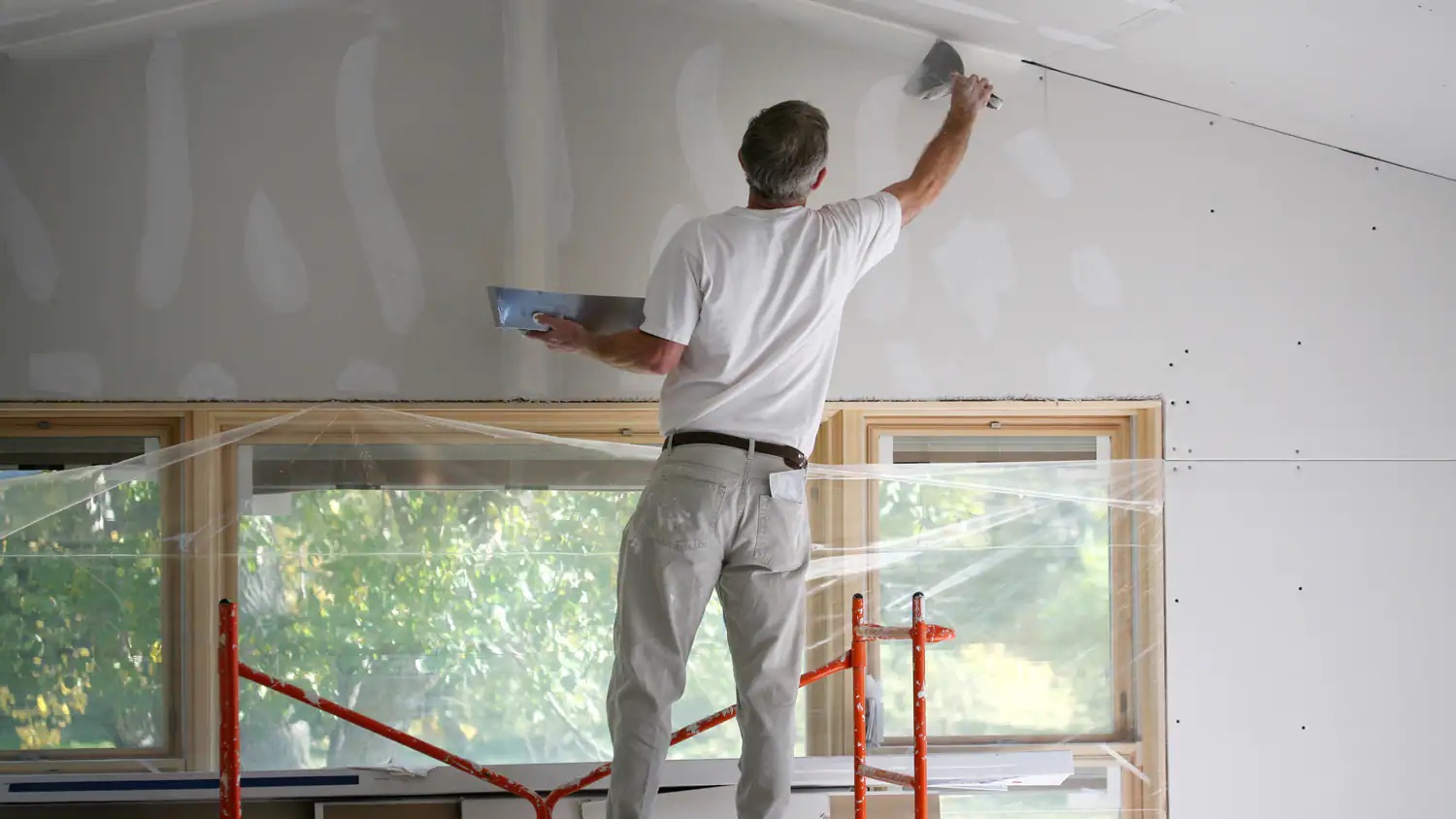
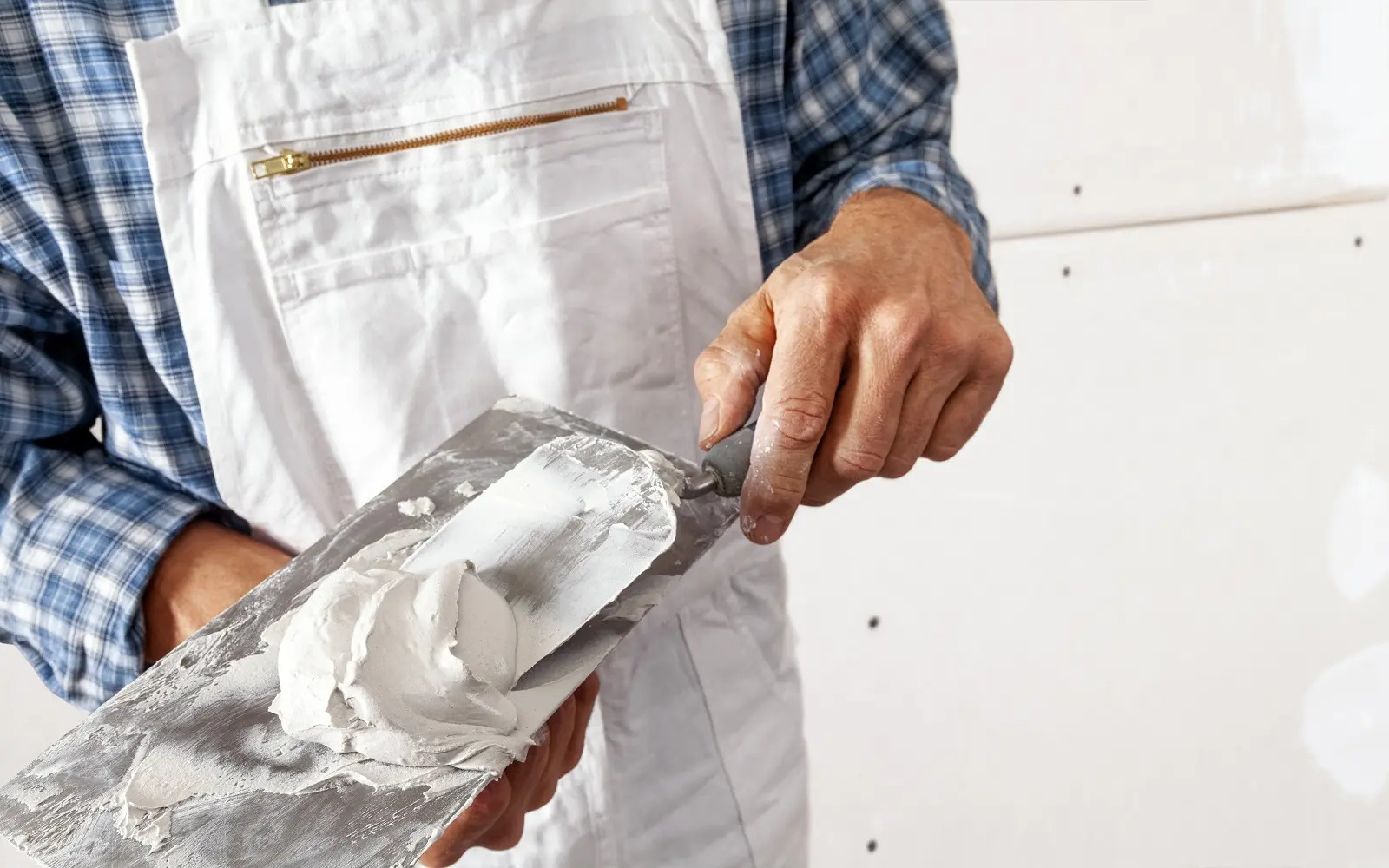
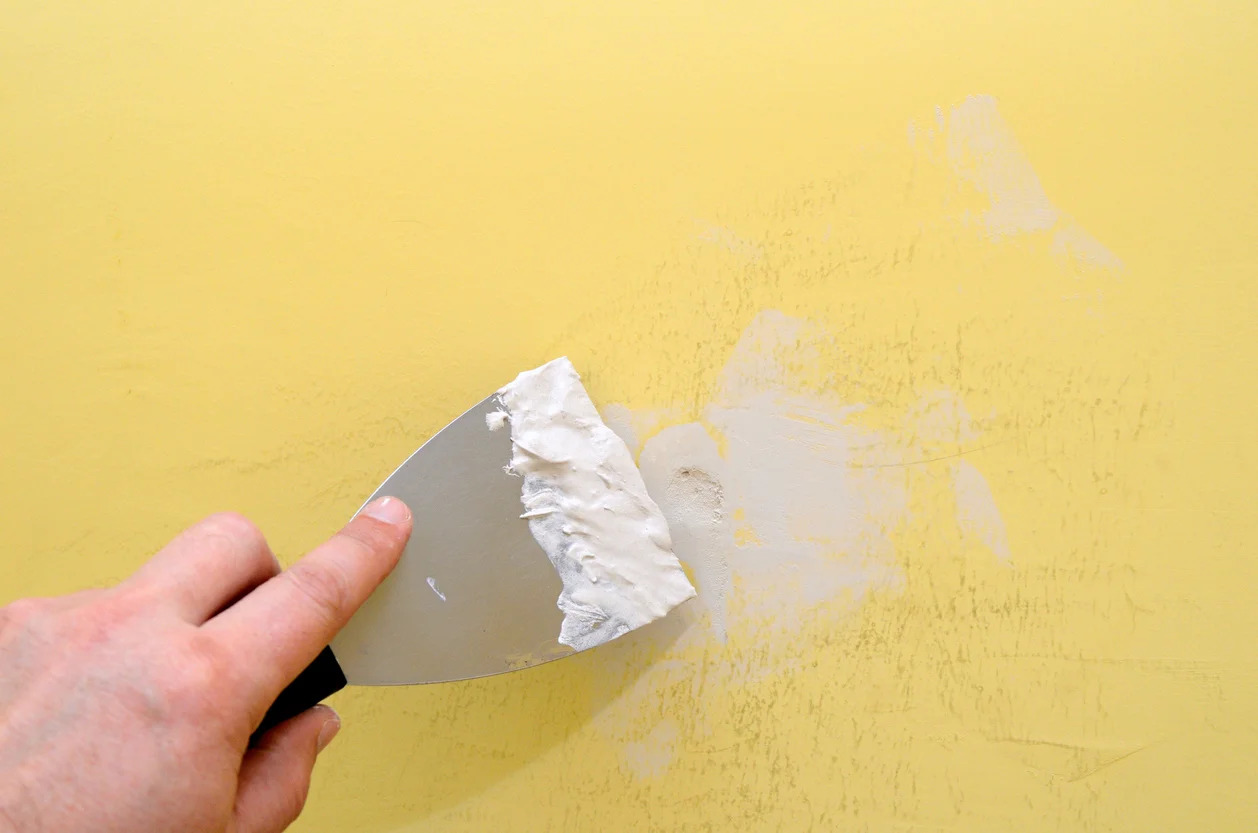
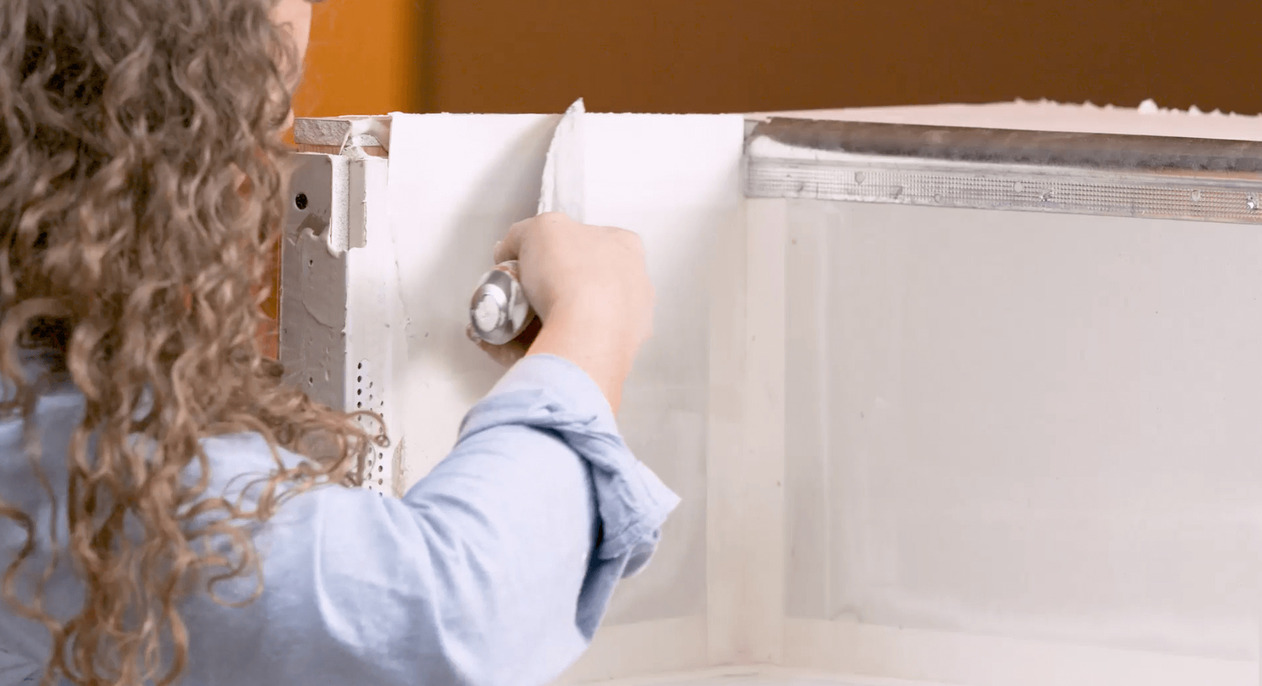

0 thoughts on “How To Spackle Large Holes”